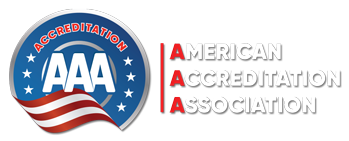There is a growing recognition that standards are not gender-responsive. Through the Declaration for Gender Responsive Standards and Standards Development, the United Nations Economic Commission for Europe (UNECE) has invited standards bodies to commit to take action to ensure the efficacy of standards for men, women, boys, and girls. Research has shown that the failure to account for women in standards development can have dire consequences. This document provides practical advice for standards developers on how they can improve the gender-responsiveness of their standards. Specifically, the guidelines address how to improve the representation of women on technical committees and ensure that meetings are inclusive to foster the participation of women, and how to ensure that standards are genderresponsive, regardless of the number of women participating on the technical committee. While the guidelines can be used by any standards developers to improve gender-responsiveness, leaders of technical committees and standards bodies play an important role in promoting and empowering the application of a gender-lens in standards development. The guidelines provide recommendations on how to consider gender in standards development. These guidelines are intended to be a living document that, in the spirit of standards development, will need to be updated as knowledge in the area evolves. While the guidelines are specific to gender, many of the principles could also be applied to other groups who may be marginalized in the standards development process.
This document aims to provide guidance on how standards development organizations can implement the Declaration. While the focus of this guidance is on addressing gender inequality, gender cannot be, and should not be, disentangled from other identities. Women and men do not form two homogenous groups. Rather gender can intersect with other identities (e.g., sexual-identity, ability, race, socio-economic status, etc.) to create unique outcomes for diverse groups of men and women. While it is beyond the scope of this guidance document to fully explore intersectionality, users are encouraged to consider how the principles addressed here can support diverse users of standards.
To readd the full guideline please click here
